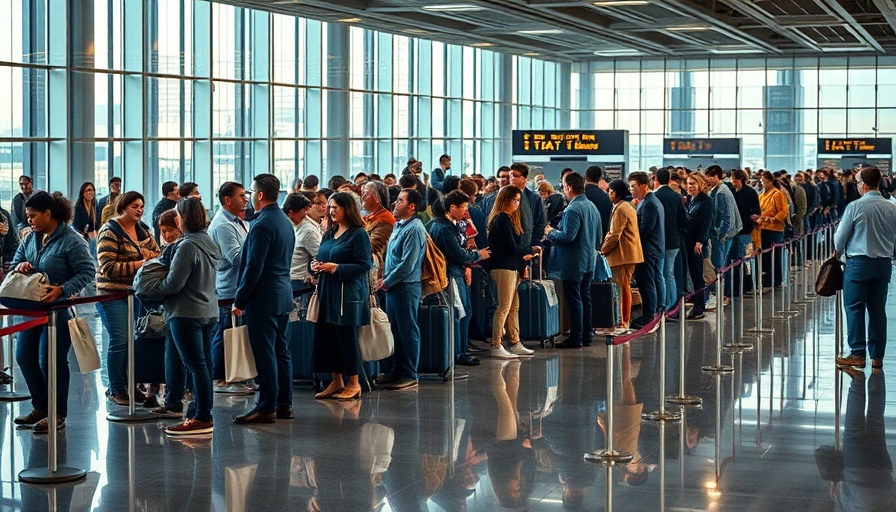
Heathrow's Shutdown: A Major Disruption
On March 21, 2025, Heathrow Airport experienced a historic 24-hour shutdown, which grounded over 1,300 flights and stranded approximately 291,000 passengers. The scale of this disruption is difficult to overstate. Known as the world’s second-busiest airport, Heathrow has faced various challenges in the past, including snowstorms and even pandemics, but never an entire closure for a day. This incident serves as a stark reminder of just how fragile our global travel infrastructure can be.
The Ripple Effects on Passengers
With 291,000 travelers caught in this chaos, the consequences reach beyond mere inconvenience. Some travelers were rerouted to other UK airports like Gatwick and Manchester, while others found themselves stuck in airports far from their intended destinations, such as Amsterdam and Frankfurt. The personal toll is tremendous; people are missing significant life events like weddings and business meetings, which illustrates the human side of aviation disruptions.
Heathrow's Power Failure: A Critical Oversight
Interestingly, a power outage compounded the issues during the shutdown. Heathrow’s backup power systems failed, leaving the airport in darkness. One might ask why such a critical infrastructure lacks a robust and reliable power source. This failure could have easily been mitigated with proper planning, which raises concerns about the levels of preparedness at such a major international hub.
What This Means for Airlines and Travelers
Following such extensive cancellations, airlines face an enormous task of rebooking passengers who are now scattered across various airports. The logistical nightmare of managing everyone’s travel plans will take days, if not longer, to resolve. As travelers await updates, the silence in the skies above areas normally bustling with airplane traffic paints an eerie picture of how significant this shutdown truly is.
The Long-term Impact on the Aviation Industry
This incident does not just pose short-term challenges; it has the potential to reshape how airlines and airports approach contingency planning. As we delve deeper into this unprecedented situation, questions surrounding aviation safety, emergency preparedness, and customer service will likely take center stage. With travelers increasingly relying on air travel, events of this magnitude push for better service frameworks moving forward.
Final Thoughts: The Need for Change
This historic disruption at Heathrow encapsulates a broader issue within the aviation industry and signals that not only contingency plans but the way we think about infrastructure needs serious reevaluation. With such a reliance on air travel, it is crucial to ensure systems are robust enough to withstand shocks like this. Awareness and preparedness not only enhance efficiency but, most importantly, they support the well-being of travelers and airport staff alike.
As travelers navigate this chaos, they must remain informed and adaptable, qualities that will serve them well in an ever-changing world. Keeping abreast of updates and possible alternatives can make the overarching experience less daunting.
 Add Row
Add Row  Add
Add 




Write A Comment